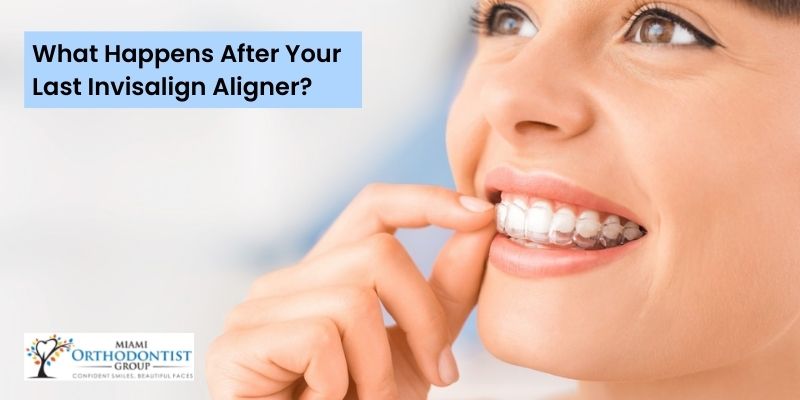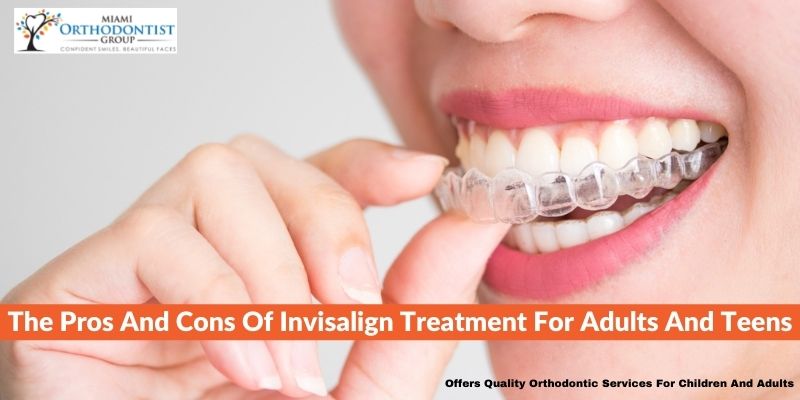Continue reading "The Benefits of Invisalign Treatment for a Healthy and Confident Smile"
In the quest for a straight and healthy smile, many individuals are turning to Invisalign as a modern and effective alternative to traditional braces. This revolutionary orthodontic treatment offers a range of benefits beyond cosmetic improvements, contributing to oral health and overall confidence. The Benefits of Invisalign Treatment 1. Invisible and Comfortable Alignment One of …











